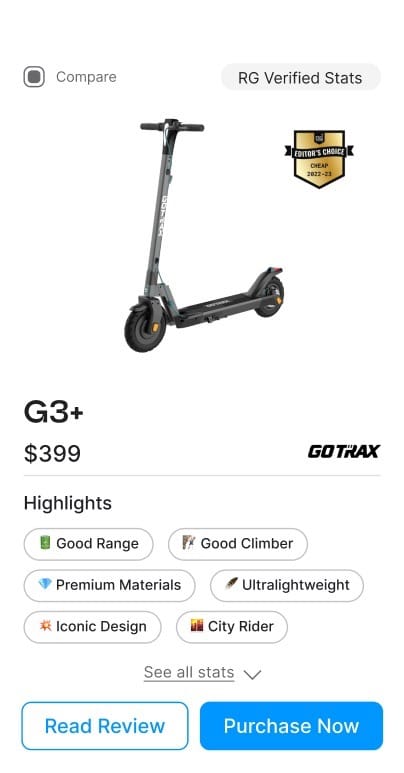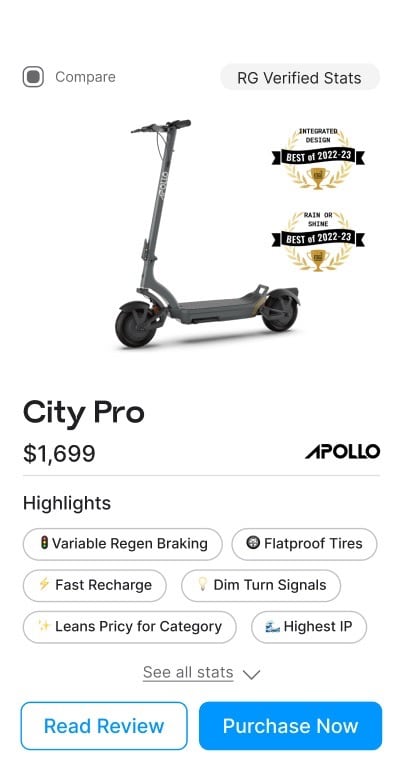Top 7 Best Electric Scooters for Rain
See Our Full Article at Electric Scooter Guide
Summary

Kaabo Wolf Warrior X GT
Pre-Mentions
$2499
Best for Rain + Mud
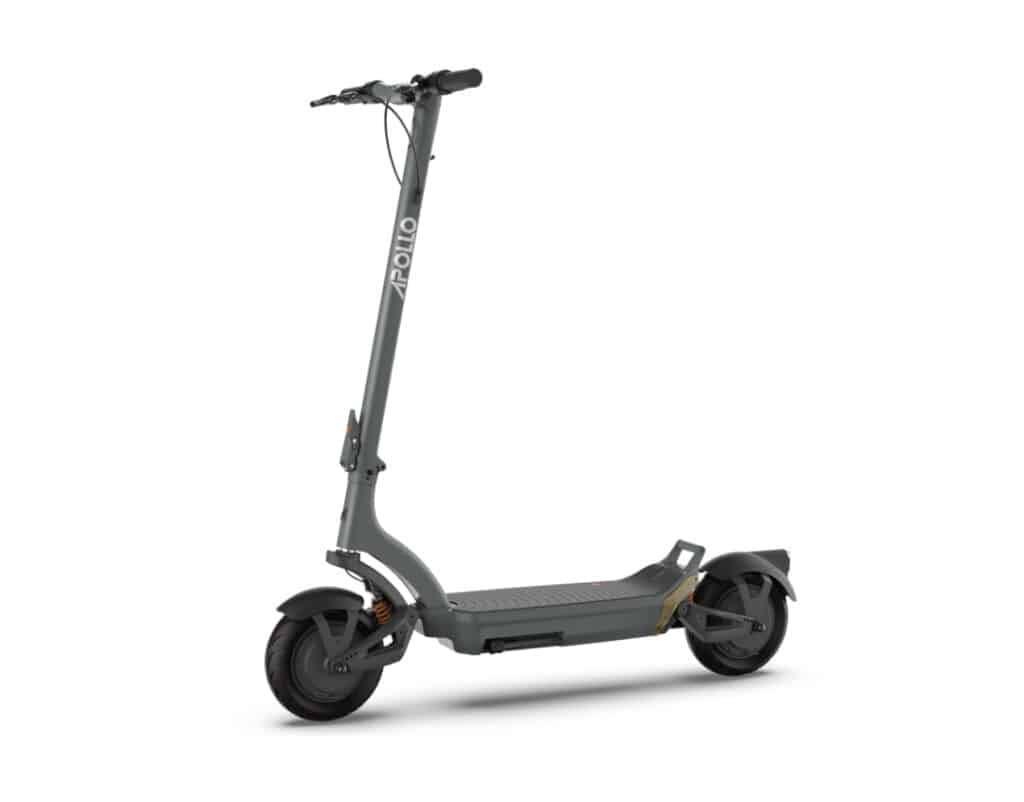
Apollo City Pro
Pre-Mentions
$1699
Best All-Weather Commuter

EMOVE Cruiser
Pre-Mentions
$1499
Best Long-Range Commuter
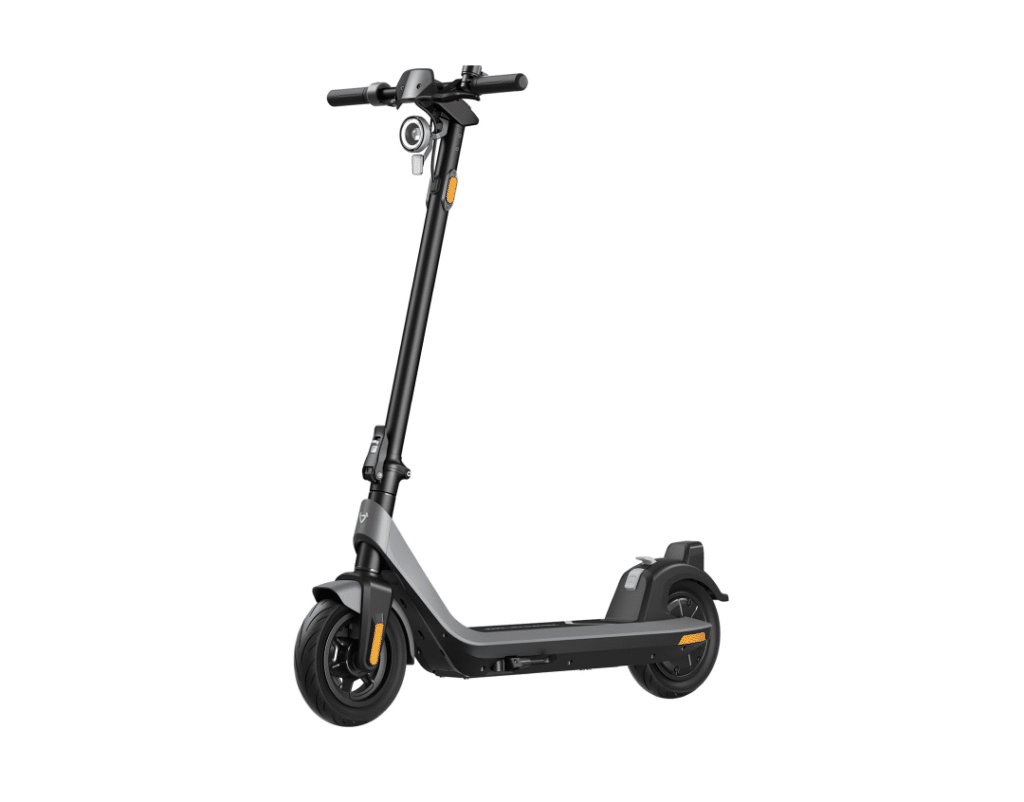
NIU KQi2 Pro
Pre-Mentions
$599
Best Budget
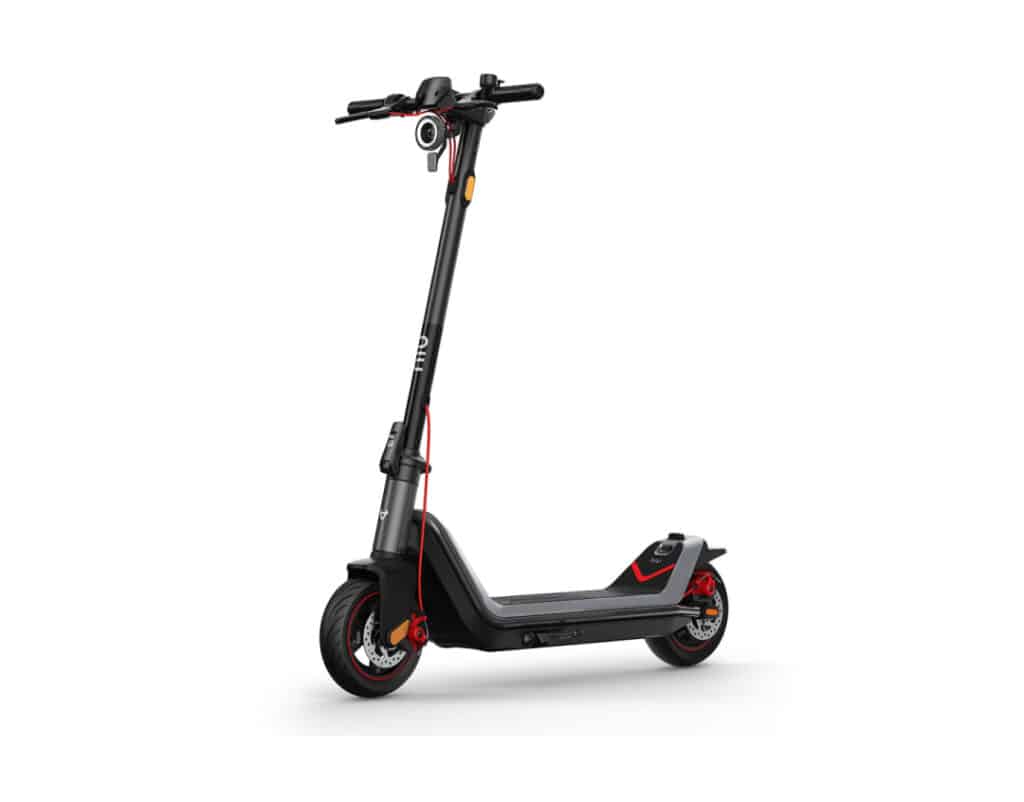
NIU KQi3 MAX
Pre-Mentions
$999
Best Entry Level
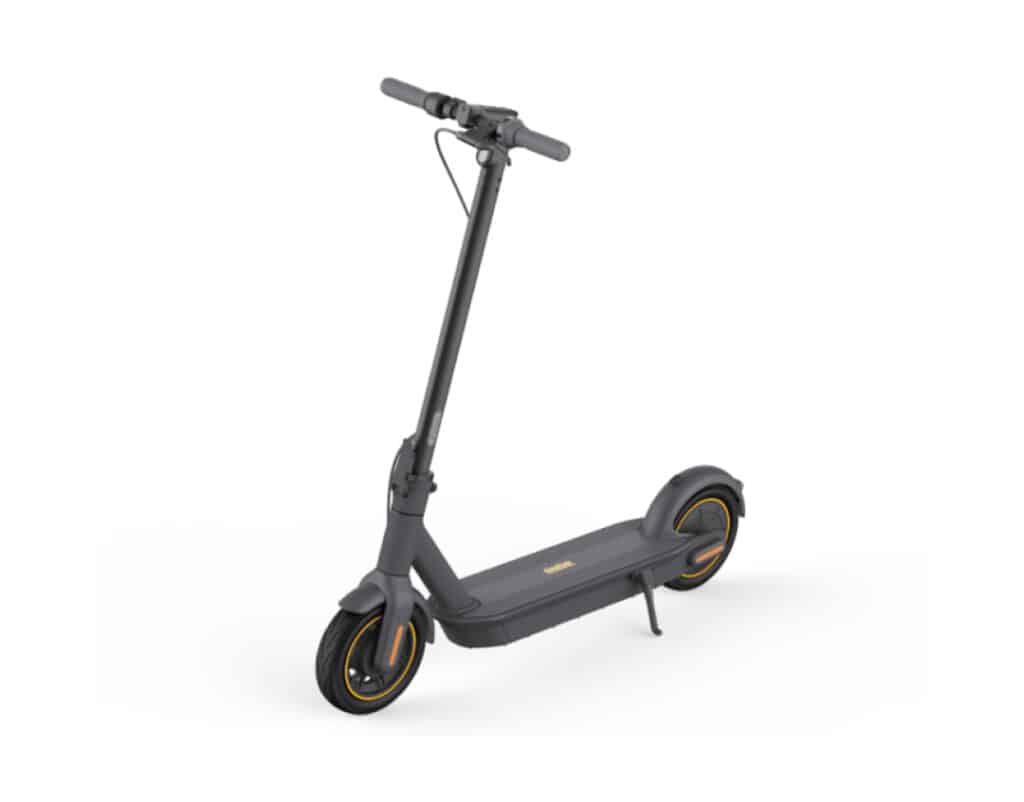
Segway Ninebot Max
Pre-Mentions
$949
Best Proven Reliability
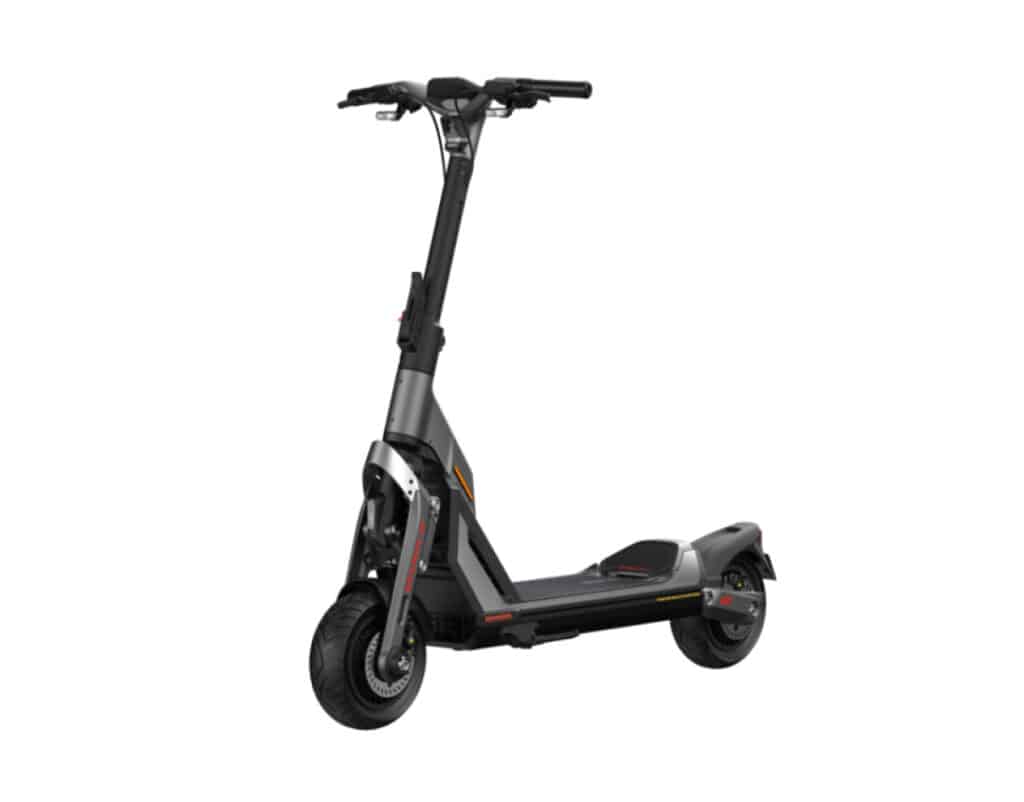
Segway GT2
Pre-Mentions
$3999
Best Premium

Our newsletter has the biggest discounts, newest scooter reviews, best how-to’s, & no spam. Unsubscribe anytime!
Find your perfect ride
We built a tool that makes it effortless for you to find a scooter perfect for your lifestyle. Filter, compare, and sort through almost every electric scooter in the industry.
jump injump in



